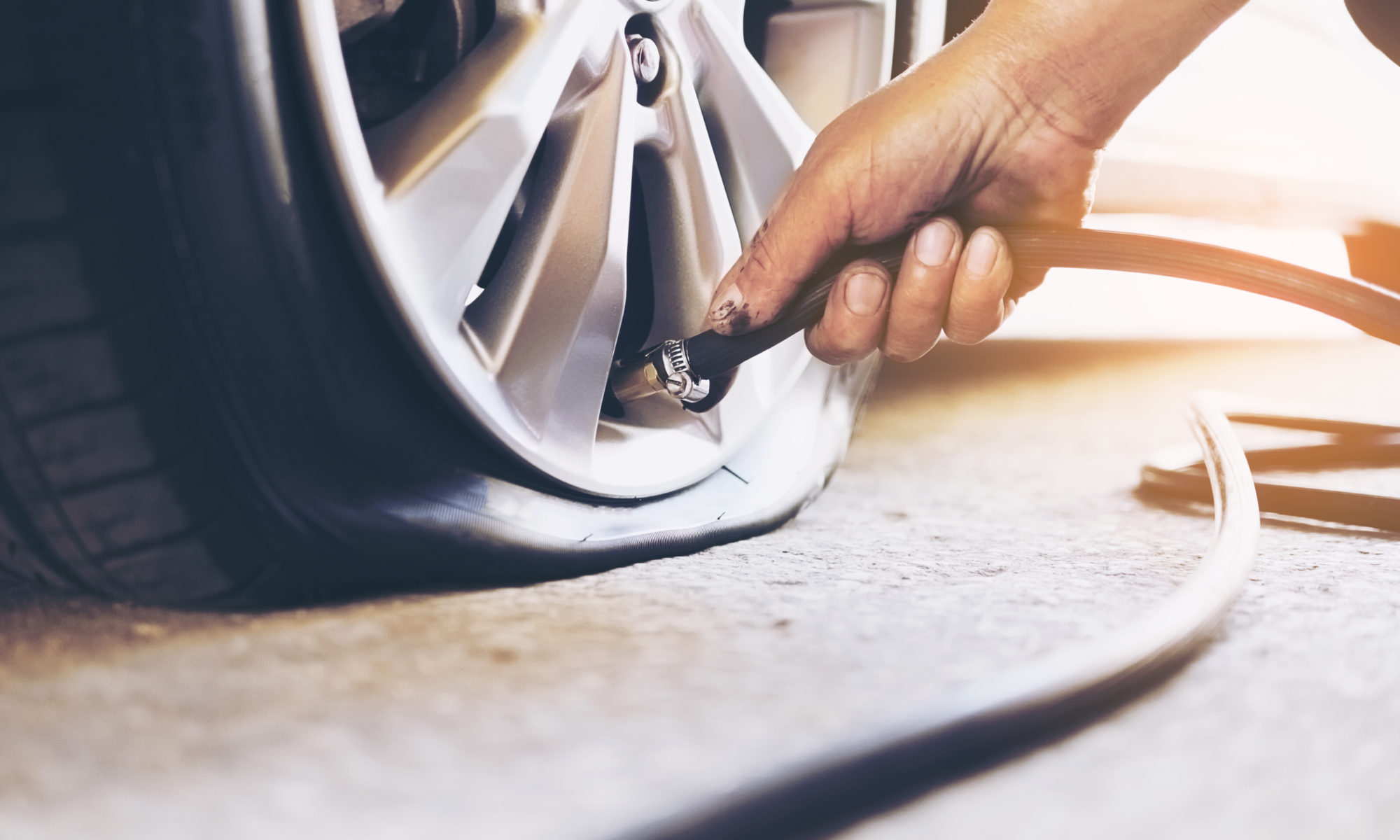

Find your local ATS Euromaster for car tyre puncture repairs If your tyre cannot be repaired to meet the British Standard BS159 which set the requirements for tyre punctures and repairs we will not carry out any work. How we repair a punctured or flat tyreīefore every puncture repair, we check for secondary damage including deformed bead wires, rubber or tread separations, deterioration caused by grease or corrosive fluid (or age), marking of the interior rubber and any checks for all other signs of excessive wear to ensure that a safe puncture repair can be carried out. The technician will tell you what the best option is, and it is not advisable to fix the tyre yourself.We know how frustrating it is to get an unexpected tyre puncture, which is why we've made our tyre puncture repair service as easy and as convenient to use as possible so you’re never left stranded. In these circumstances, you should go to a service centre and have the tyre checked by a qualified professional. Generally speaking, punctured run flat tyres should not be repaired but replaced, but it all depends on the individual case. In fact, the tyre’s high level of resistance could make it hard to spot minor secondary damage, so there is a risk of only detecting the main damage and not effectively repairing the tyre. Manufacturers advise against repairing run flat tyres because of the reinforced structure. You can keep driving to the nearest service centre where they can assess the damage. After a puncture, you do not need to stop straight away to replace the tyre.

In general, you can drive up to 50 miles at a maximum speed of 50mph with a punctured run flat tyre.Ī vehicle with run flat tyres has a big advantage over traditional tyres. This allows you to continue driving in the event of a puncture at a low speed and for a certain number of miles.


Run flat tyres are specific models that have reinforced sidewalls.


 0 kommentar(er)
0 kommentar(er)
